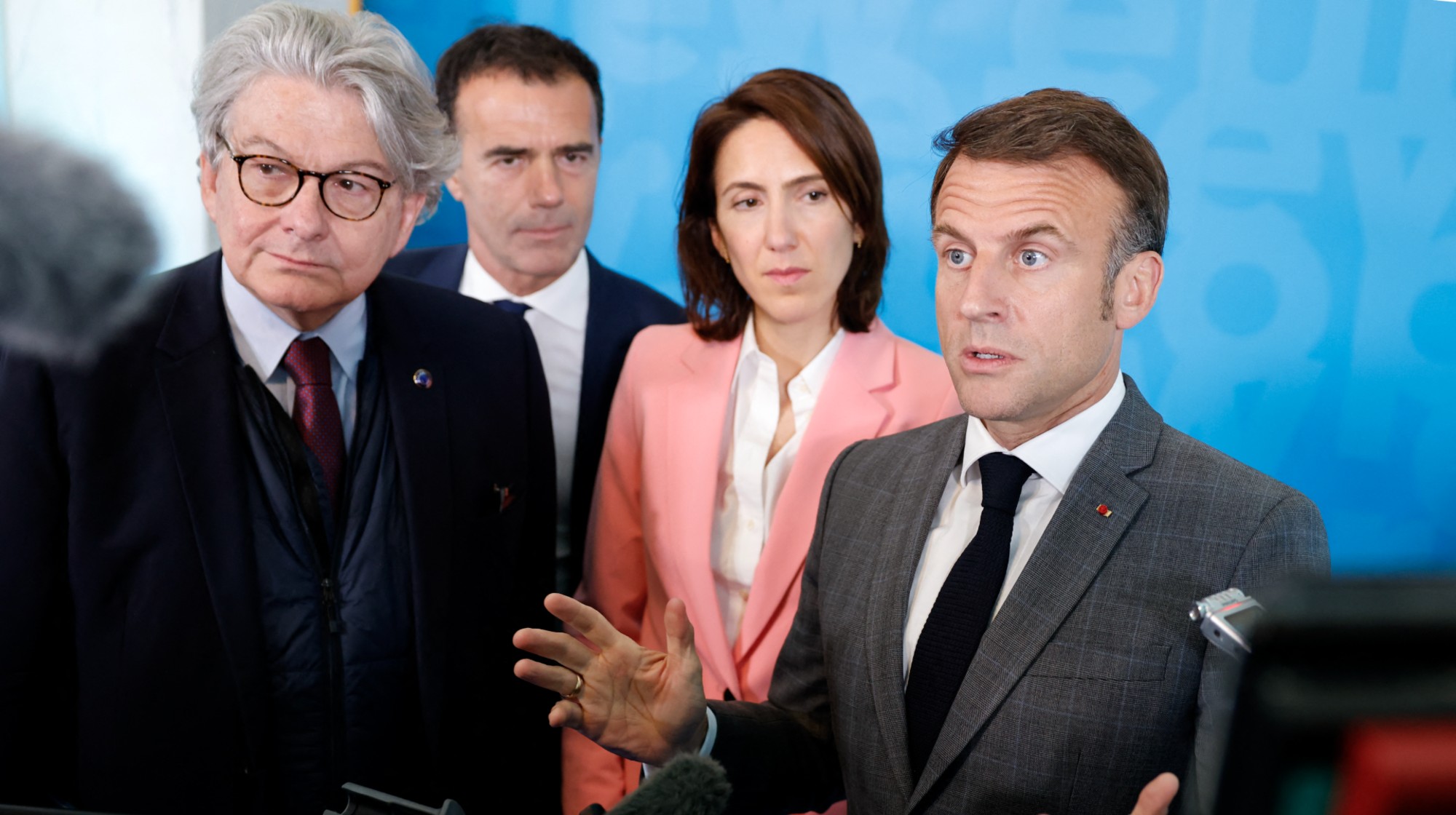Exhibit of the week: Regarding Warhol: Sixty Artists, Fifty Years
The Metropolitan Museum of Art brings together some 45 “first-rate” Warhols and the works of 60 other artists.
Metropolitan Museum of Art
Through Dec. 31
Andy Warhol was “really, really influential,” said Jerry Saltz in New York magazine. That idea may be news to exactly nobody, but it seems to be the sole insight visitors are meant to take away from the “pseudo-extravaganza” now drawing Warhol novices by the busload into New York’s Metropolitan Museum. For “10 long galleries,” these poor saps must navigate the mindless juxtaposition of some 45 “first-rate” Warhols with about twice that many works by other artists. Superficial connections are the only ones evident. “Cindy Sherman is great,” for example, “but the only reason she’s here is that she’s made a few pictures where she looks like a movie star, and Andy liked those sorts of people, too.” Tally up all the other blue-chip artists featured—Jeff Koons, Richard Prince, Damien Hirst—and the whole event looks like nothing more than “a cynical gimmick to bring in crowds.”
The Week
Escape your echo chamber. Get the facts behind the news, plus analysis from multiple perspectives.

Sign up for The Week's Free Newsletters
From our morning news briefing to a weekly Good News Newsletter, get the best of The Week delivered directly to your inbox.
From our morning news briefing to a weekly Good News Newsletter, get the best of The Week delivered directly to your inbox.
The show’s biggest flaw, oddly, is that it contains “too many masterpieces, too much stunning art,” said Blake Gopnik in Newsweek. The Met asks us to look at surface details of Warhol’s work—the use of pop subjects, the repeated images, the “brash colors”—but in doing so misses the “unique Warholian essence” of even the most iconic silk screens. As eye-pleasing as his images can be, they all once held a different kind of power. His famous Brillo boxes and Campbell’s soup cans were “as dumb and mute” as the objects they totemized, and we do his legacy a disservice when we ignore “the lurking possibility that he’s simply bad.” That can’t be said of the other artists represented here; “their works feel fully willed and artfully conceived.” Yet Warhol surpasses all of them in importance because in consistently presenting himself as perhaps just a thoughtless simpleton, he remade what art might be.
“Warhol was so clairvoyant an artist that he scarcely needed to be a great one,” said Peter Schjeldahl in The New Yorker. “But he was that too.” When we gauge the enduring power of his 1966 Elsie the Cow wallpaper or a 1967 self-portrait, his “eye for improbable chromatic harmonies cannot be overrated.” A few of his contemporaries and followers contribute work that expands on his innovations: Gerhard Richter’s 1964 painting Administration Building is “so aggressively boring that it electrifies,” while Koons’s sculptures feel purposefully contentless—“carefully empty-minded monuments” to the sheer wealth of his international clientele. Rating the other artists by their capacity to answer Warhol’s challenges turns out to be one of the show’s great pleasures. “If you go, take someone to argue with.”
A free daily email with the biggest news stories of the day – and the best features from TheWeek.com
-
 ‘Care fractures after birth’
‘Care fractures after birth’instant opinion Opinion, comment and editorials of the day
-
 Shots fired in the US-EU war over digital censorship
Shots fired in the US-EU war over digital censorshipIN THE SPOTLIGHT The Trump administration risks opening a dangerous new front in the battle of real-world consequences for online action
-
 What will the US economy look like in 2026?
What will the US economy look like in 2026?Today’s Big Question Wall Street is bullish, but uncertain